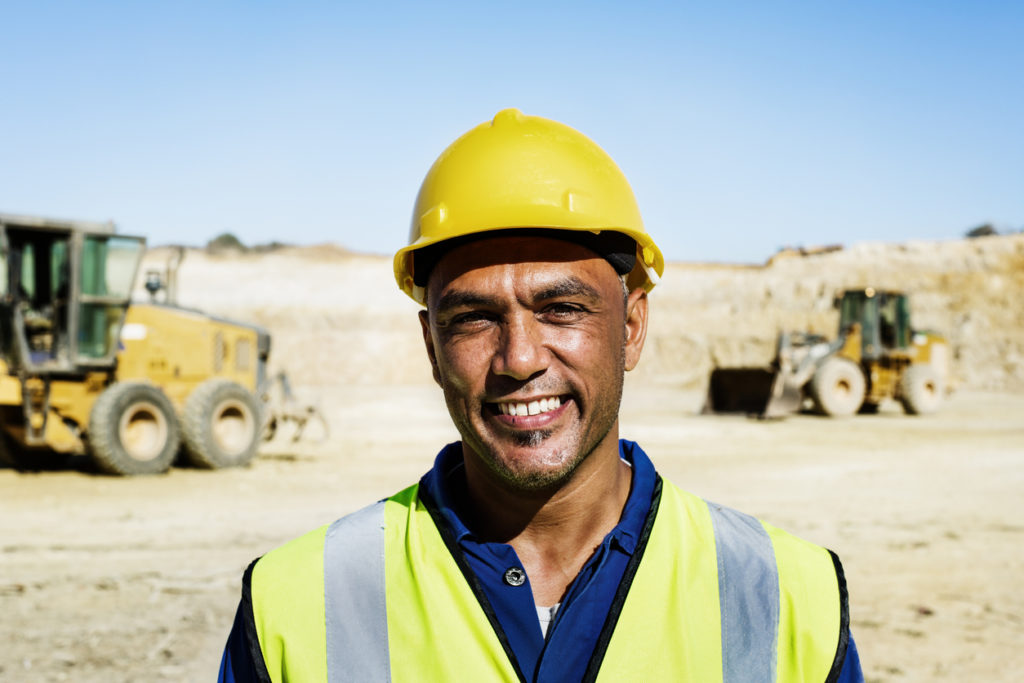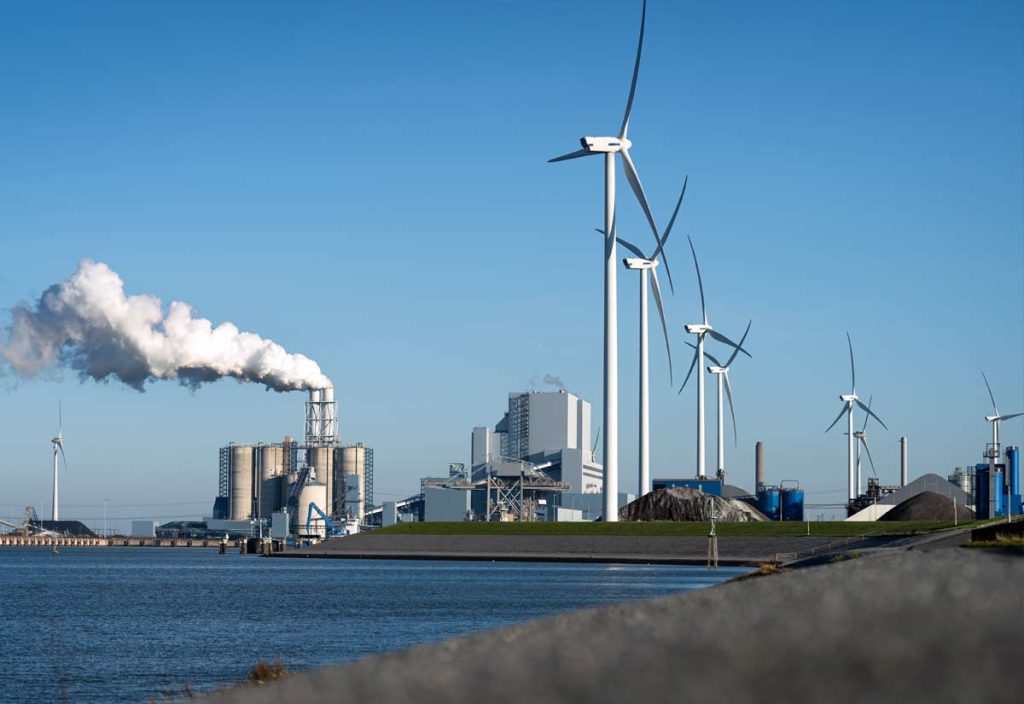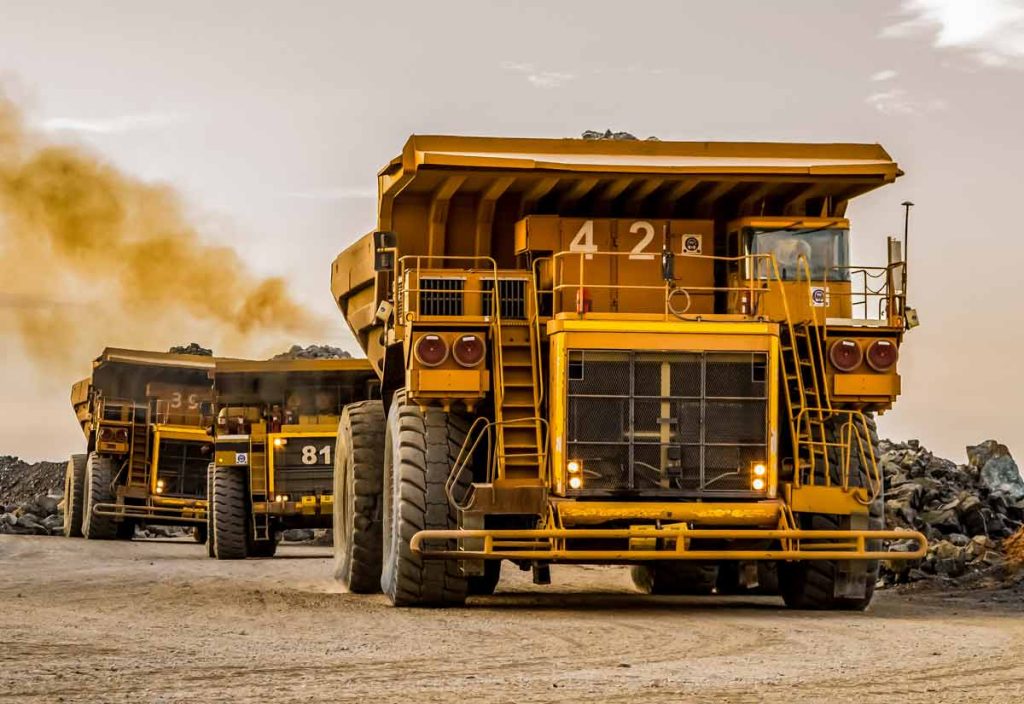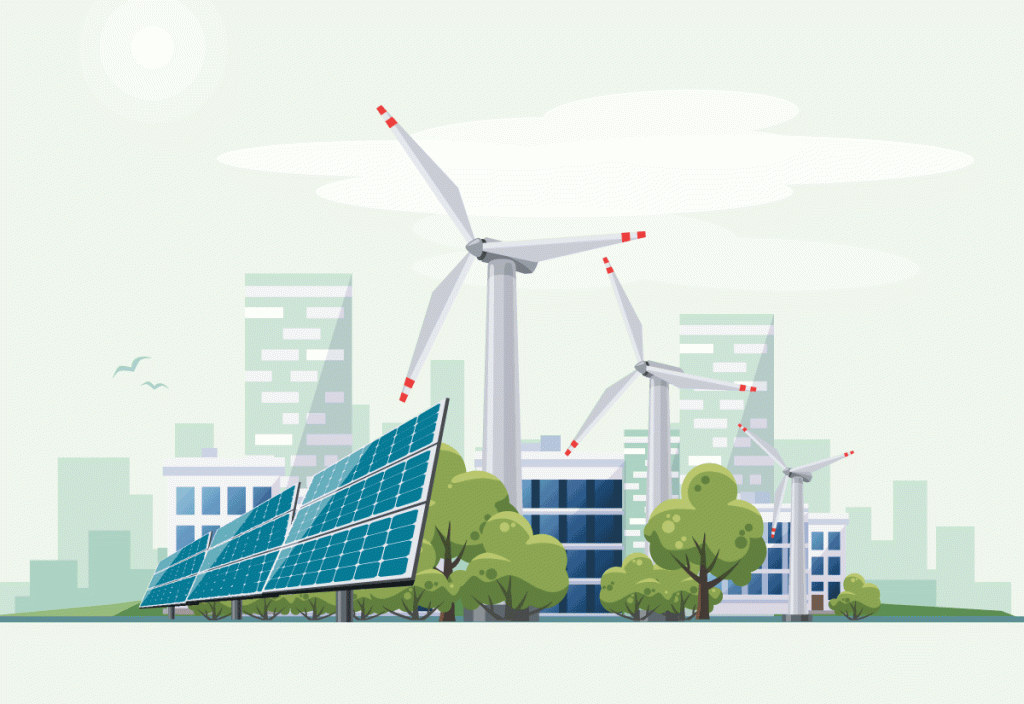$50 Million Climate Smart Mining Facility Fund Launched by the World Bank
The Climate Smart Mining Facility fund addresses the issues revealed by the World Bank in its recent report “The Growing Role of Minerals and Metals for a Low Carbon Future.” The article highlights the shortcomings of many “green scenarios” which “have typically paid scant attention to the metal implications necessary to realize a low/zero carbon future” since the 2015 Paris agreement on climate change.
The World Bank report essentially challenges the popular misconception that nonrenewable resource consumption will “decline in a carbon-constrained future.” The Climate Smart Fund is certainly an acknowledgment by the World Bank that the mining industry is essential for a green future.
In the 21st Century, the prevailing green movement has made an impact felt on every industry across the board, and most acutely in the mining sector. GHG (greenhouse gas) emission sensitivity, while certainly well intended, has provided the impetus behind a number of alternative technologies which appear to be exemplary low carbon solutions at first glance.
Upon closer examination and analysis, however, the ecological return on investment for many “clean energy technologies” is often negative when mineral resources, the supply chain, and logistics are factored into the equation.
Tilting at Green Windmills?
Wind turbines for one, are a perfect example of overly enthusiastic tilting at green windmills, without regard for the GHG and resources required just to get one up and running. In fact, just one wind turbine, mounted on a tower high enough to be productive, requires more than 165 tons of steel, massive amounts of concrete, cast iron, ductile iron, aluminum, and copper.
It would take a mighty wind to justify the resources and fossil fuels expended on construction for a turbine unit with a productive service life of just 20 years or so. The first few years of energy production would hardly compensate for GHG emitted by the huge crane used to get the thing standing.
The World Bank, an ROI focused institution if there ever was one, is challenging this kind of short-sightedness in the minerals and metals sectors as they apply to clean energy technology.
According to a report at Mining.com, the Climate Smart fund will focus on factors which take into account:
- climate change mitigation
- climate change adaptation
- reducing material impacts and creating market opportunities which contribute to decarbonization
- reduction of material impacts along the supply chain of critical minerals needed for clean energy technologies.
Strategic Minerals and Metals to Watch For the Low Carbon Future
Wind turbines aside, more practical clean energy solutions are anticipated to play dominant roles in the low carbon future. Solar and alternative energy technology is reliant on storage battery advancements, and the World Bank report anticipates a growing market for the resources required to manufacture them on a global scale to meet increasing energy demands.
The extensive list of low carbon strategic metals encompasses precious and rare earth metals from aluminum to zinc and many in between including:
- bauxite
- cadmium
- cobalt
- copper
- indium
- iron ore
- lead
- lithium
- manganese
- molybdenum
- neodymium
- nickel
- palladium
- platinum
- silver
- steel
- titanium
Strategic minerals demands are poised for launch as well if countries around the world actually follow through and implement the Paris Agreement. Demand for lithium, a fundamental component in efficient storage batteries is forecast to grow at a rate of 965% by 2050. Graphite demand should rise by 383%, with nickel at 108%.
The Climate Smart Fund may also finance mining projects to integrate renewable energy technology into the mining operations required to tap into these emerging high-demand resources. Repurposing of mine sites and mineral recycling will also be priorities.
With the mining industry using up to 11% of global energy, the climate-smart concept can help the industry itself reduce diesel and coal reliance as it provides the clean energy resources the rest of the world will demand to ensure a low carbon future.
About Resource Erectors
At Resource Erectors, we’ve made it our mission to help ensure the success of the mining sector by matching up industry-leading mining companies with the best highly qualified mining professionals all across North America. When your company is ready to make some strategic moves in the mineral and mining sector, we can help you build your next dream team.
If you’re an experienced, qualified mining professional, we can connect you with those industry leaders who need your talents today. Please don’t hesitate to reach out and contact us.








